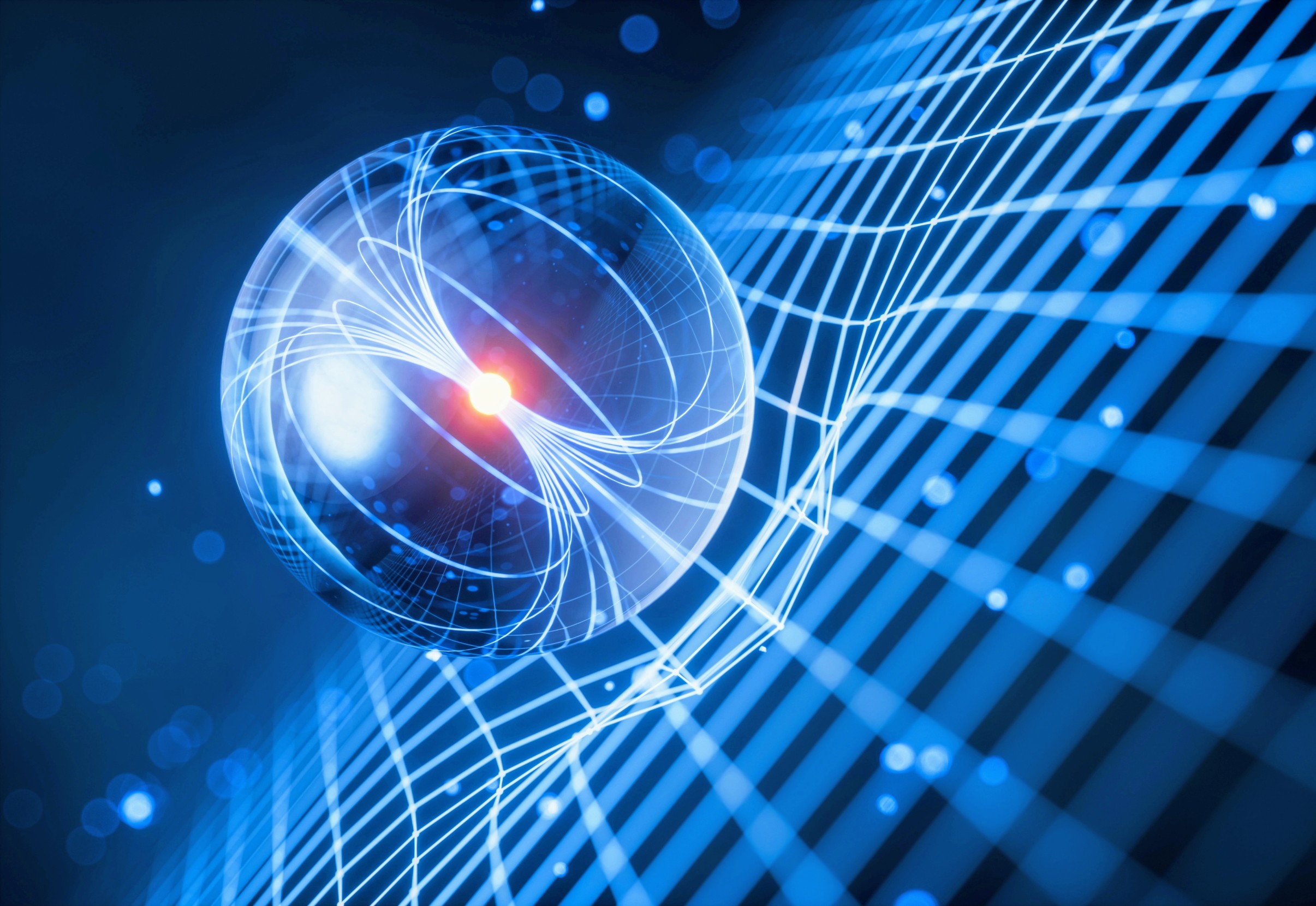Quantum biology: How electron spin manages your body's power at the cellular level

Growing evidence suggests that subatomic phenomena can shape fundamental activities in cells, including how organisms handle energy at the smallest scales. Quantum biology, as it’s being called, is no longer just a fringe idea among researchers.
On May 5, 2025, scientists at The Hebrew University of Jerusalem announced a study linking quantum mechanics with key cellular functions in protein-based systems.
The research was led by Naama Goren and Yossi Paltiel from the Department of Applied Physics and the Nano Center at Hebrew University. The team collaboration with experts from Weizmann Institute of Science and Ben Gurion University.
Proton motion in living systems
Proton transport lies at the center of how cells generate and manage biochemical energy, as proposed in early theories on chemiosmosis. These tiny charged particles help drive ATP synthesis, which powers most processes in the body.
Studies on cellular respiration and photosynthesis reveal how proton gradients support efficient energy conversion across specialized membranes. Without this delicate movement, the entire mechanism of life’s bioenergetics could grind to a halt.
This new work demonstrates that electron spin can affect the motion of protons in lysozyme crystals, suggesting a direct quantum influence on this energy-related process.
This finding goes beyond typical explanations of molecular interactions and points to a deeper layer of control.
“Our findings show that the way protons move in biological systems isn’t just about chemistry – it’s also about quantum physics. This opens new doors for understanding how information and energy are transferred inside living things,” said Goren.
Quantum rules for cell energy transfer
The results of the study suggest that cells may use quantum rules to organize energy transfer more precisely than previously imagined.
Instead of just relying on chemical gradients or molecular crowding, the spin of subatomic particles might act like a gatekeeper, selectively allowing or blocking proton movement.
This raises the possibility that cells actively tune their internal energy flow by aligning molecular structures to match preferred spin states.
If so, life may operate with an extra layer of control that scientists are only beginning to understand – one that could rewrite textbooks on how energy is managed inside living systems.
Biological molecules often show chirality, meaning they exist in forms that are mirror images but not superimposable on each other.
Proteins, nucleic acids, and sugars can exhibit this property, shaping how these structures fold and interact.
Scientists have long recognized that certain chiral arrangements might favor one electron spin orientation over another. This is reflected in the Chiral Induced Spin Selectivity effect, which is an active area of investigation.
Why does any of this matter?
By tapping into quantum properties like spin, cells might regulate proton flow with more precision than anyone expected. This perspective could revolutionize how we think about everything from enzyme function to neural signaling.
“This connection between electron spin and proton movement could lead to new technologies that mimic biological processes, and even new ways to control information transfer inside cells,” said Paltiel.
Researchers in nanotechnology, biochemistry, and materials science may soon adapt these ideas to engineer innovative devices.
Quantum effects in cell function
This new connection between proton flow and electron spin also has implications for how we understand the brain. Neurons rely on rapid ion exchange, including protons, to send signals.
If spin-based mechanisms play a role in this transfer, quantum effects might influence how information is processed in neural circuits.
Researchers are also considering whether disruptions in electron spin or chiral environments could contribute to diseases involving energy metabolism, such as Parkinson’s or Alzheimer’s.
Understanding these quantum links could eventually guide the design of treatments that correct faulty cellular energy flow with unprecedented precision.
What happens next?
In recent years, quantum biology has gained traction, with hints that phenomena like quantum coherence may underlie photosynthetic efficiency, enzyme catalysis, and even magnetoreception in birds.
Critics once doubted that such fragile states could exist in warm, wet cells, but evidence keeps emerging.
Continuing to explore these concepts may reveal more biological structures that exploit quantum mechanics for improved function.
Scientists envision potential breakthroughs in precision medicine, clean energy solutions, and data processing that borrow nature’s quantum tricks.
Although biology and physics can appear unrelated, the study of electron spins and proton transport demonstrates just how intertwined they can be. By examining these subtle interactions, we gain insight into the very engines that power life.
Ongoing work in this area might uncover more instances where quantum rules shape everyday physiology at the molecular scale.
The study is published in the journal Proceedings of the National Academy of Sciences.
—–
Like what you read? Subscribe to our newsletter for engaging articles, exclusive content, and the latest updates.
Check us out on EarthSnap, a free app brought to you by Eric Ralls and Earth.com.
—–



